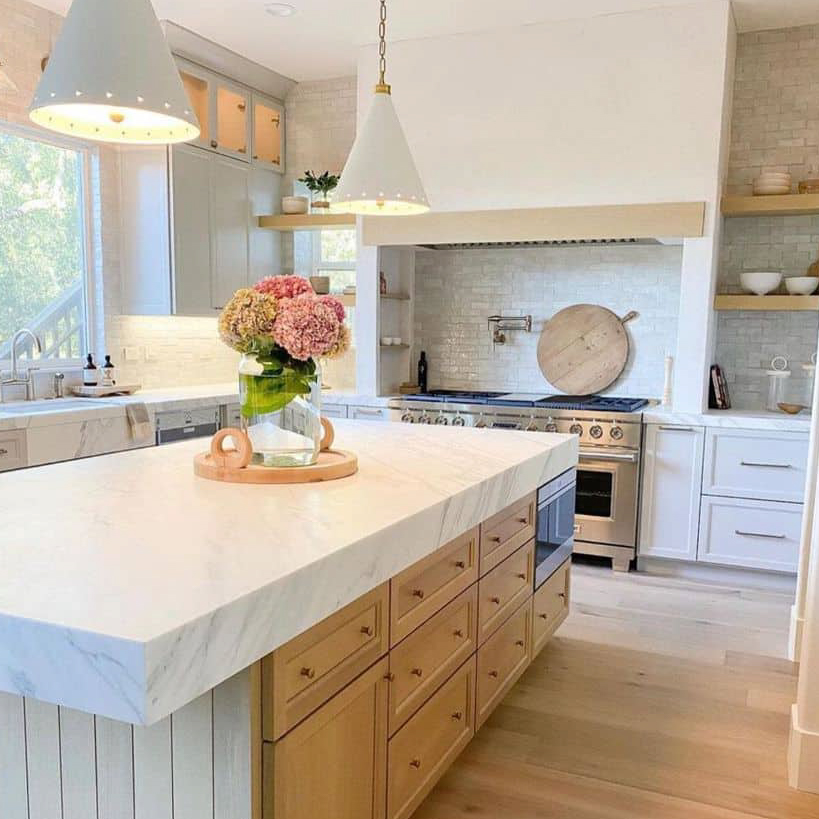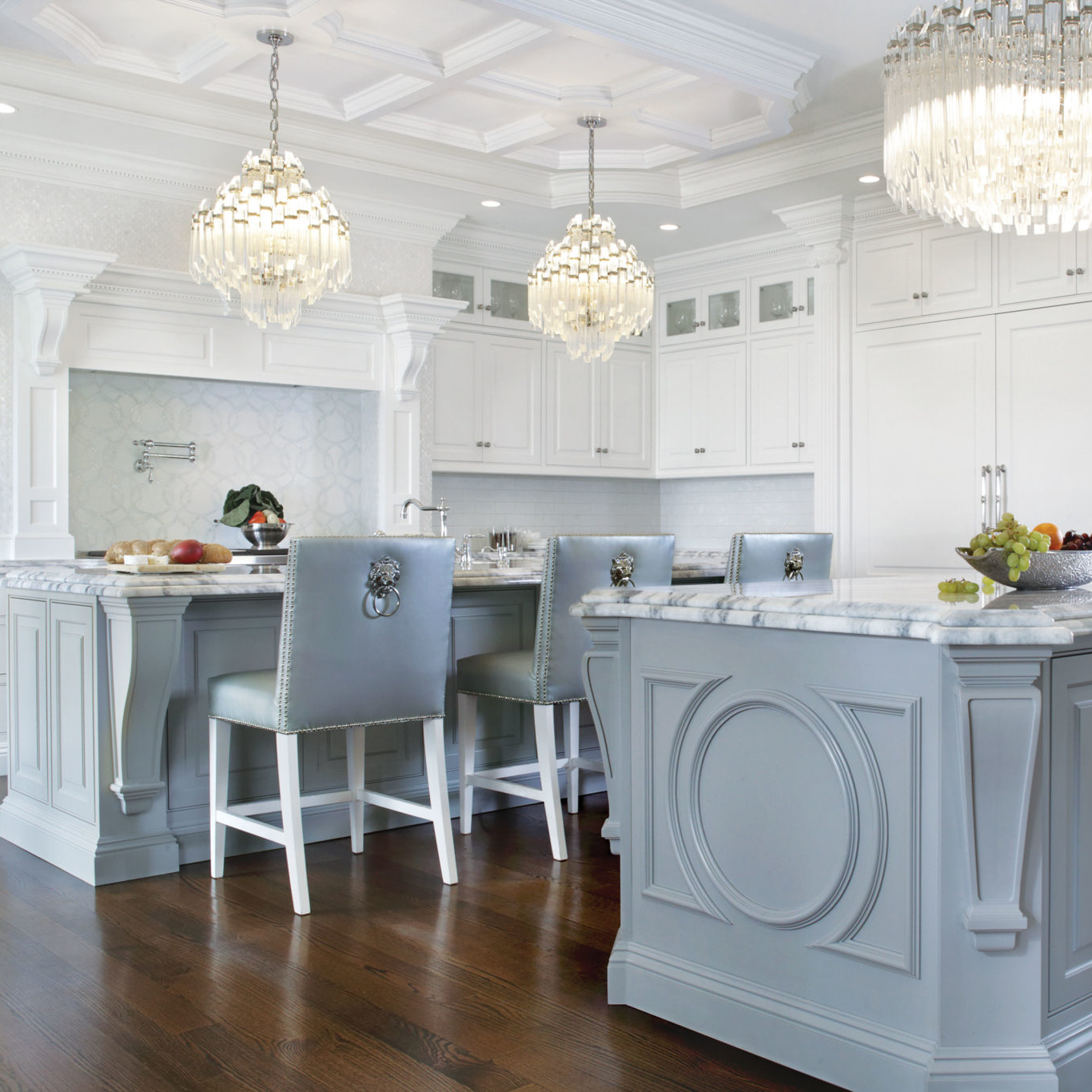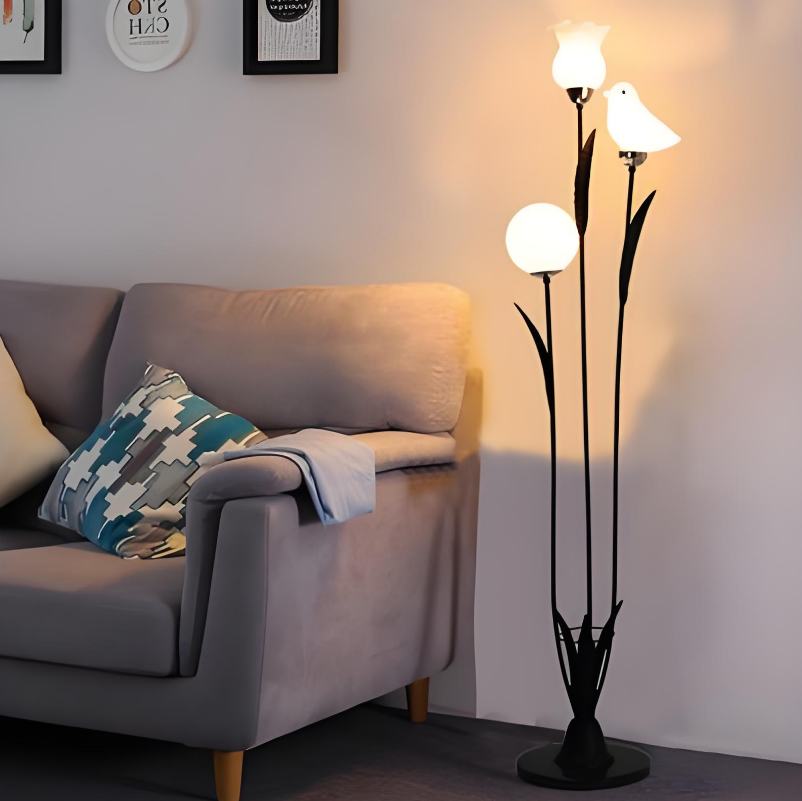Lighting is a crucial element in interior design that often goes overlooked. It has the power to transform a space, creating a mood and ambiance that can make all the difference in how we feel and experience a room. Whether it’s natural light streaming through a window or carefully chosen fixtures illuminating a space, lighting plays a vital role in enhancing the overall design and functionality of a room.
The importance of lighting in interior design cannot be overstated. It has the ability to make a room feel warm and inviting or cold and sterile. It can highlight architectural features, create focal points, and even influence our mood and well-being. By understanding the different types of lighting fixtures available and how to use them effectively, you can create a space that not only looks beautiful but also feels comfortable and functional.
Key Takeaways
- Illumination is a powerful tool in interior design that can transform a space.
- Choosing the right lighting fixtures is crucial to achieving the desired effect in a room.
- Accent lighting can create a focal point and draw attention to specific areas or objects.
- Spotlights are ideal for highlighting artwork and decor, adding depth and dimension to a space.
- Pendant lighting can be used to define a space and add visual interest to a room.
Choosing the Right Lighting Fixtures for Your Space
When it comes to choosing the right lighting fixtures for your space, there are several factors to consider. First and foremost, you need to think about the size of the room and the amount of light it needs. A small room may only require one or two fixtures, while a larger space may need multiple sources of light.
Next, consider the style of your space. Are you going for a modern, minimalist look or something more traditional? The style of your lighting fixtures should complement the overall design aesthetic of the room. For example, if you have a contemporary space, you may want to choose sleek, streamlined fixtures, while a more traditional room may call for ornate chandeliers or sconces.
Finally, think about the function of the room. Different rooms have different lighting needs. For example, a kitchen may require bright task lighting for food preparation, while a bedroom may benefit from softer, ambient lighting for relaxation. Consider how you will be using the space and choose fixtures that will meet those needs.
Creating a Focal Point with Accent Lighting
Accent lighting is a great way to create a focal point in a room and draw attention to specific areas or objects. It can be used to highlight architectural features, artwork, or decorative elements. Wall sconces, table lamps, and picture lights are all examples of accent lighting that can be used to create visual interest and add depth to a space.
When using accent lighting, it’s important to consider the placement and direction of the light. For example, if you have a piece of artwork that you want to highlight, you may want to position a spotlight above or below it to create a dramatic effect. Similarly, if you have a collection of decorative objects on a shelf, you can use small spotlights to illuminate each item individually.
The key to effective accent lighting is to strike a balance between the light and the surrounding space. You want the focal point to stand out, but you also want it to be integrated into the overall design of the room. Experiment with different types of fixtures and positions until you achieve the desired effect.
Highlighting Artwork and Decor with Spotlights
| Metrics | Description |
|---|---|
| Number of spotlights used | The total number of spotlights used to highlight artwork and decor |
| Wattage per spotlight | The wattage of each spotlight used to highlight artwork and decor |
| Color temperature | The color temperature of the spotlights used to highlight artwork and decor |
| Lighting angle | The angle at which the spotlights are directed towards the artwork and decor |
| Lighting intensity | The intensity of the light emitted by the spotlights used to highlight artwork and decor |
| Artwork and decor type | The type of artwork and decor being highlighted by the spotlights |
| Location of artwork and decor | The location of the artwork and decor being highlighted by the spotlights |
Spotlights are an excellent choice for highlighting artwork and decor in a room. They provide focused, directional light that can draw attention to specific objects or areas. When positioning spotlights, it’s important to consider the angle and distance from the object you want to highlight.
For artwork, it’s generally best to position spotlights at a 30-degree angle from the wall. This will create a shadow that adds depth and dimension to the piece. If you have multiple pieces of artwork in a row, you can use track lighting or multiple spotlights to create an even distribution of light.
When it comes to decor, spotlights can be used to highlight specific objects or areas of interest. For example, if you have a collection of vases on a shelf, you can position spotlights to illuminate each one individually. This will create a sense of drama and draw attention to the objects.
Using Pendant Lighting to Define a Space
Pendant lighting is a popular choice for defining a space, such as a kitchen island or dining table. It provides both functional and decorative lighting, while also adding visual interest and style to the room. Pendant lights come in a variety of styles, from sleek and modern to ornate and traditional, making them a versatile option for any design aesthetic.
When choosing pendant lighting, consider the size and scale of the space. A large, open-concept kitchen may benefit from multiple pendants hung in a row above the island, while a smaller dining area may only require one or two fixtures. It’s also important to consider the height at which the pendants will be hung. They should be positioned at a height that allows for comfortable conversation and doesn’t obstruct the view.
In terms of style, pendant lighting offers endless possibilities. Whether you prefer a minimalist look with simple, geometric shapes or something more elaborate with intricate details and embellishments, there is a pendant light out there to suit your taste. Consider the overall design aesthetic of your space and choose fixtures that will complement it.
Illuminating Your Dining Room: Tips and Tricks

The dining room is an important space in any home, and lighting plays a crucial role in creating the right atmosphere. When it comes to dining room lighting, there are several factors to consider, including the size of the table, the height of the ceiling, and the overall design aesthetic of the room.
One popular option for dining room lighting is a chandelier. Chandeliers come in a variety of styles and sizes, making them a versatile choice for any dining room. When choosing a chandelier, consider the size of your table. The fixture should be proportionate to the table and not overpower it. As a general rule of thumb, the diameter of the chandelier should be about half to two-thirds the width of the table.
In addition to a chandelier, you may also want to consider adding wall sconces or buffet lamps to provide additional lighting and create a layered effect. Wall sconces can be positioned on either side of a mirror or artwork to create a focal point, while buffet lamps can be placed on a sideboard or console table to add height and visual interest.
When positioning your dining room lighting, it’s important to consider the height of the ceiling. If you have a low ceiling, you may want to choose a flush mount or semi-flush mount fixture that sits close to the ceiling. If you have a high ceiling, you can opt for a chandelier or pendant light that hangs down and creates a sense of drama.
Adding Drama with Chandeliers and Statement Lighting
Chandeliers and statement lighting are a great way to add drama and style to any space. They can serve as a focal point in a room, creating visual interest and drawing attention. Chandeliers come in a variety of styles, from traditional crystal designs to modern, minimalist fixtures, making them a versatile choice for any design aesthetic.
When choosing a chandelier or statement light, consider the size and scale of the space. A large, open-concept living room may benefit from a grand, oversized chandelier that makes a bold statement, while a smaller bedroom may require something more delicate and understated. It’s also important to consider the height at which the fixture will be hung. It should be positioned at a height that allows for comfortable movement in the space and doesn’t obstruct the view.
In terms of style, chandeliers and statement lights offer endless possibilities. Whether you prefer something traditional with ornate details and crystal accents or something more modern with clean lines and geometric shapes, there is a fixture out there to suit your taste. Consider the overall design aesthetic of your space and choose a fixture that will complement it.
Enhancing Your Outdoor Space with Landscape Lighting
Landscape lighting is a great way to enhance your outdoor space and create a welcoming atmosphere. It can be used to highlight architectural features, illuminate pathways, and add a sense of drama to your landscape. There are several types of landscape lighting to choose from, including path lights, spotlights, and uplights.
Path lights are a popular choice for illuminating walkways and driveways. They provide a soft, diffused light that helps guide guests safely to your front door. When positioning path lights, it’s important to consider the spacing and height. They should be placed about 6-8 feet apart and positioned at a height that allows for comfortable movement.
Spotlights are another option for landscape lighting. They can be used to highlight specific features, such as trees, shrubs, or architectural elements. When positioning spotlights, consider the angle and distance from the object you want to highlight. A 30-degree angle from the ground is generally recommended for optimal effect.
Uplights are a great way to add drama and create a sense of depth in your landscape. They can be positioned at the base of trees or other tall objects to create a wash of light that draws attention upward. Uplights can also be used to highlight the texture and color of walls or other vertical surfaces.
The Benefits of Layered Lighting in Your Home
Layered lighting is a design technique that involves using multiple sources of light to create depth and dimension in a space. It involves combining different types of lighting fixtures, such as ambient, task, and accent lighting, to achieve the desired effect. There are several benefits to using layered lighting in your home.
First and foremost, layered lighting allows for greater flexibility and control over the ambiance of a space. By having multiple sources of light, you can adjust the level and intensity of the light to suit your needs. For example, you may want bright, task lighting in the kitchen for food preparation, but softer, ambient lighting in the living room for relaxation.
Secondly, layered lighting can help create a sense of balance and harmony in a room. By using a combination of fixtures at different heights and positions, you can create a visually interesting and cohesive design. For example, you may have a pendant light hanging above a dining table, wall sconces on either side of a mirror, and table lamps on a sideboard. This creates a layered effect that adds depth and dimension to the space.
Finally, layered lighting can help highlight specific areas or objects in a room. By using accent lighting to draw attention to architectural features, artwork, or decorative elements, you can create visual interest and add focal points to your space. This can help create a sense of drama and make your design more dynamic.
Bringing Your Style to Life with Illumination
In conclusion, lighting is a powerful tool in interior design that can transform a space and bring your style to life. By understanding the different types of lighting fixtures available and how to use them effectively, you can create a space that not only looks beautiful but also feels comfortable and functional.
Whether you’re choosing the right lighting fixtures for your space, creating a focal point with accent lighting, highlighting artwork and decor with spotlights, or defining a space with pendant lighting, there are endless possibilities for illuminating your home.
Don’t be afraid to experiment with different types of lighting and positions to achieve the desired effect. Lighting is an art form that requires careful consideration and planning, but with the right fixtures and techniques, you can create a space that is both visually stunning and functional. So go ahead, bring your style to life with illumination!





